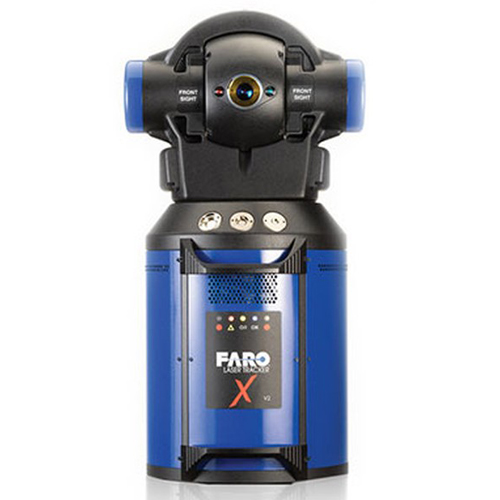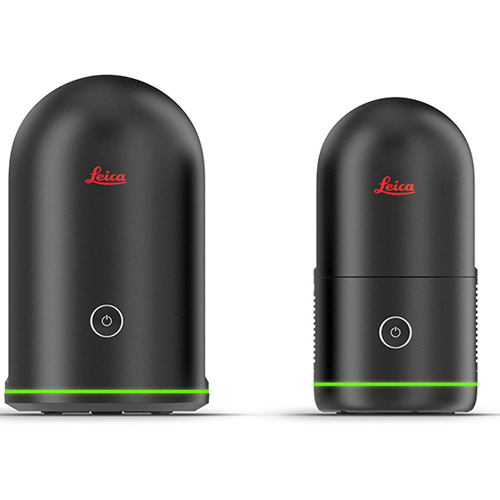3D laser scanner is is a non-destructive technology that uses laser light to capture precise and accurate measurements of an object or environment in multi-dimensional. The laser scanner projects a laser beam onto the surface of the object and then uses a camera or other sensors to capture the reflection. This data is then processed to create a detailed, three-dimensional representation of the object or environment.
3D laser scanning has a wide range of applications, including architecture, engineering, construction, cultural heritage preservation, and more. It provides high-precision data that can be used for detailed design and analysis, as well as for creating digital models for use in virtual and augmented reality environments.
There are many different types of 3D laser scanners available, including handheld 3d scanner, stationary, and aerial versions. Some laser scanners use time-of-flight (TOF) technology to measure distance, while others use phase-shift or triangulation methods. Each type of laser scanner has its own strengths and weaknesses, and the best choice for a particular project will depend on the specific needs and requirements.
A brief difference between 3d scanner and 3d handheld scanner
A 3D scanner and a 3D handheld scanner are both devices used for creating digital three-dimensional models of real-world objects or environments. They employ different scanning technologies and techniques to capture the shape, size, and sometimes the color and texture of the object. However, there are some key differences between these two types of scanners.
Form Factor:
- 3D Scanner: A 3D scanner can come in various form factors, including stationary, desktop, or mounted on a tripod. These scanners are typically designed for use in a controlled environment, where the object to be scanned can be positioned properly and the scanner can maintain a consistent distance and angle.
- 3D Handheld Scanner: A 3D handheld scanner is a portable device that can be easily held and maneuvered by the user. This type of scanner is designed for versatility and ease of use, allowing for the scanning of objects or environments that may be difficult to access or move.
Scanning Method:
- 3D Scanner: Most 3D scanners use structured light or laser triangulation methods to capture the geometry of the object. The scanner projects a pattern or a laser onto the object and records the deformation of the pattern or the laser reflection to determine the surface geometry.
- 3D Handheld Scanner: 3D handheld scanners use various technologies, such as structured light, laser triangulation, or time-of-flight. These scanners typically have built-in cameras and sensors that work together to capture the object’s geometry while the user moves the scanner around the object.
Flexibility:
- 3D Scanner: Stationary 3D scanners have limitations in terms of flexibility, as they may require the object to be positioned properly for scanning. They are typically better suited for scanning small to medium-sized objects and may require multiple scans from different angles to capture the entire object.
- 3D Handheld Scanner: Handheld scanners are more flexible, as they allow the user to move around the object or environment being scanned. They are well-suited for capturing larger objects or complex environments, as the user can easily change the scanning angle and position.
Accuracy and Resolution:
- 3D Scanner: In general, stationary 3D scanners tend to provide higher accuracy and resolution compared to handheld scanners, as they can maintain a consistent distance and angle during the scanning process.
- 3D Handheld Scanner: While handheld scanners have improved significantly in terms of accuracy and resolution, they may still have limitations compared to stationary scanners. The quality of the scan can be affected by the user’s hand movements, making it essential to maintain a steady hand throughout the scanning process.
Price and Application:
- 3D Scanner: Stationary and desktop 3D scanners can range from affordable to high-end, with the price depending on the level of accuracy, resolution, and additional features. They are commonly used in industries such as manufacturing, reverse engineering, and product design.
- 3D Handheld Scanner: Handheld 3D scanners are typically more expensive due to their portability and flexibility. They are widely used in various industries, including architecture, heritage preservation, automotive, and even medical applications.
In summary, the main differences between a 3D scanner and a 3D handheld scanner are the form factor, scanning method, flexibility, accuracy, and resolution, as well as their price and applications. Choosing between the two depends on the specific requirements of the project, the objects or environments to be scanned, and the available budget.

